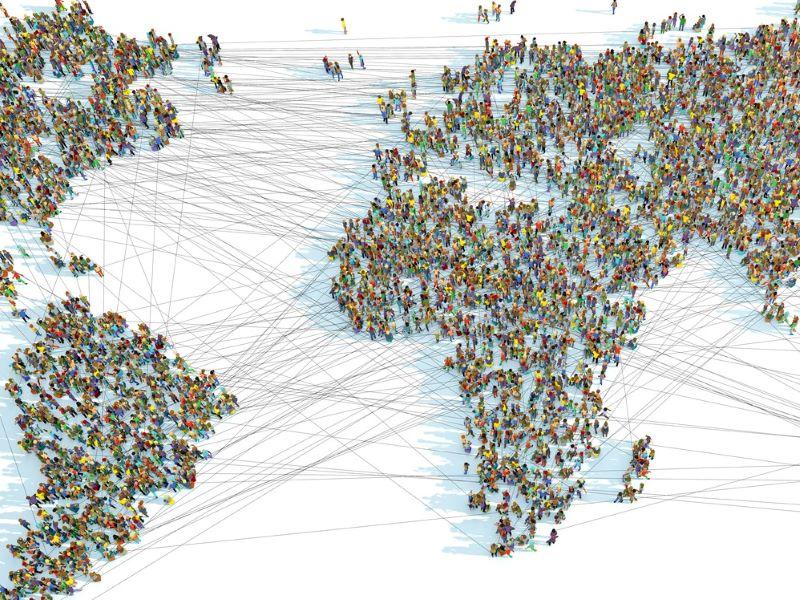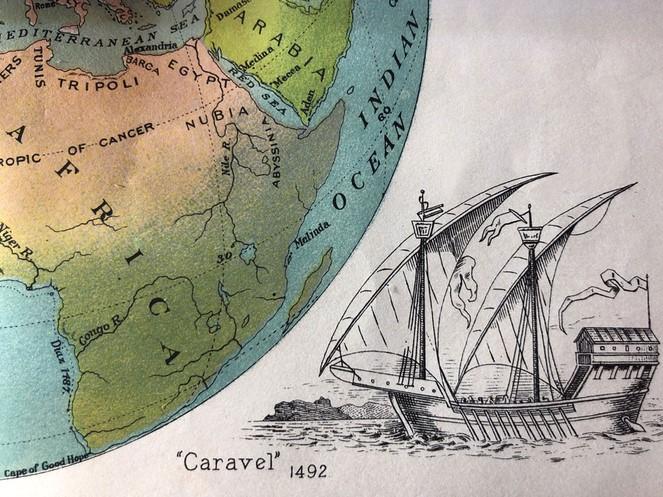International collaborations addressing important societal needs support the sharing of practical and methodological expertise across higher educational settings, across disciplinary boundaries and limited resources. Collaborative working enhances the prioritisation, design, relevance, quality, scale and reporting of outputs. Sharing, implementing, and reusing data for secondary analyses also contributes to the reduction of research waste and maximises available funding. Many strategies for collaborative working have been described. Establishing an international collaboration may at first appear daunting. However, based on my experience of leading international collaborations, clear communication is the key to success.
- What does ‘strengthen research capacity’ actually mean, and how can we do it?
- Western universities need to look further afield or risk alienation
- ‘Embrace messiness’: how to broker global partnerships to tackle the Sustainable Development Goals
Describe the vision
When establishing a collaboration, it is vital to share the vision, mission and objectives. Clearly describe how each individual or group might benefit from the collaboration. This may be different for different groups. Collaborations can start with just a few individuals. Support the collaboration’s growth and evolution overtime, staying true to its original vision.
Accessibility
Communication is key to the success and growth of any collaboration. Technological advances mean that international travel, a challenge for many, may be less necessary these days. We embraced telephone and video conference technology, even prior to the pandemic, to increase the accessibility of working group, project, and conference events. Similarly, our website is the central point for open-access resources. Shared drives support our coordination of project and working group activities, resources and materials. Accessible communication approaches support members who cannot attend face-to-face meetings due to funding, health, family, or caring barriers to travel.
Establishing suitable meeting times, however, is a constant challenge. The more successful your collaboration is, the more difficult it becomes to find acceptable times for everyone. Online planning tools help coordinate across time zones, automatically adjusting for various daylight-saving times internationally. Some global organisations, such as the WHO, don’t try to find a time suitable for all. In the collaborations that I lead, we have tried different approaches:
- alternating meeting times so that different people can attend different meetings
- accepting comments and discussion points in advance of meetings
- recording meetings to share with people who cannot be present
- dual meetings at either end of the day to accommodate participation across time zones
No one solution works. Committees, project teams and working groups have chosen different approaches. Meeting times, dates and associated time zones should be clearly communicated to all participants.
Inclusive communication
English is generally considered the language of science but for most members of an international collaboration, English is their second language. Every effort should be made to make communications as accessible as possible. Share meeting agendas, minutes and papers well in advance of meetings to allow people time to review and ensure they understand the documents. The communication style across the collaboration should be short simple sentences. Avoid the use of jargon or abbreviations. Keep statements factual and direct. Metaphors do not necessarily translate to other cultural or language contexts! Use a range of communication formats including emails, newsletters and social media.
Listen and be responsive
Communication is a two-way process. Expertise based on your familiarity with the literature and research activities in your topic area will not necessarily accurately reflect the global academic community. Many people, projects, and institutions face significant barriers to academic contribution. Limited access to research equipment or resources will restrict activities. Language, travel restrictions or visa requirements may restrict participation in international conferences. Commercial considerations may influence publishers’ decisions, even for majority-world issues. For example, in one collaboration we sought to produce a consensus on shared research outcomes. By listening to the members, measurement tools were absent across several languages, even majority languages such as Spanish! Thus, our challenge became not just the co-ordination of measurements used, but how to increase the availability of multilingual measures globally.
Share resources, expertise and the future direction of travel
Where resources are constrained, collaborations have an important role in sharing expertise, coordinating efforts to address shared societal needs. Synergistic approaches, building upon each other’s activities, enhances progress. Similarly, where resources are constrained, data-sharing can maximise the use of pre-existing datasets to address new questions or inform the design of more efficient studies. Important synergistic gains can be made through sharing the planned direction of travel for individual project teams or working groups. This may be uncomfortable for some. Memorandums of understanding may offer reassurance and protect project plans.
Open communication
Collaborations work best when conversations are open and growth is encouraged. Ambitious global projects delivering global impacts benefit from multidisciplinary cross-fertilisation of ideas and a cooperative approach to activities and dissemination. Not all those you approach to collaborate will engage, preferring instead to continue their own path. Some may view collaboration with caution or even suspicion. Academic pressures can sometimes manifest in self-limiting approaches; securing research grants and producing publications. In our experience, where international collaborations focus on a shared global vision, grant applications developed within a multidisciplinary context are highly competitive. Similarly, multidisciplinary international commentary enhances the quality, relevance and reach of manuscripts, resulting in highly cited papers in high-impact journals. Addressing societal needs through a coordinated international collaborative approach simultaneously contributes to traditional higher education institution research metrics through global recognition, funding, citations, expressions of esteem and greater societal impacts.
Leading international collaborations has resulted in a seismic shift towards a global perspective that has enhanced my academic activities and the work of those I collaborate with.
Marian Brady is professor of stroke care and rehabilitation at Glasgow Caledonian University.
She is part of a multi-institutional team, involving academics from Glasgow Caledonian University, City, University of London, NUI Galway, Trinity College Dublin and UCL, which has been shortlisted for International Collaboration of the Year at the Times Higher Education Awards 2022. A full list of shortlisted candidates can be found here.
If you found this interesting and want advice and insight from academics and university staff delivered direct to your inbox each week, sign up for the THE Campus newsletter.




comment